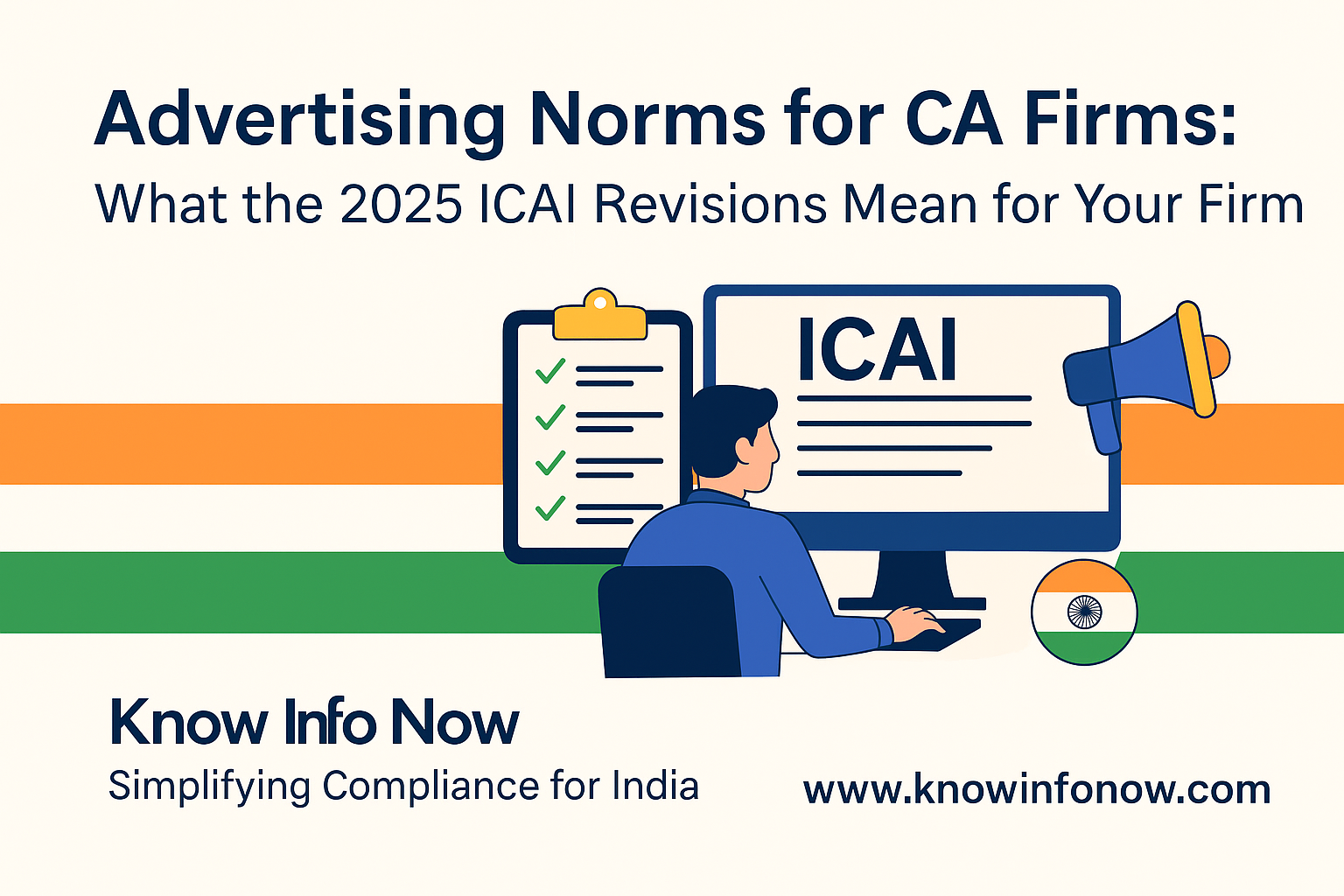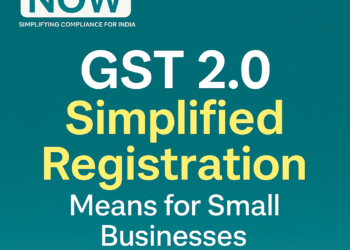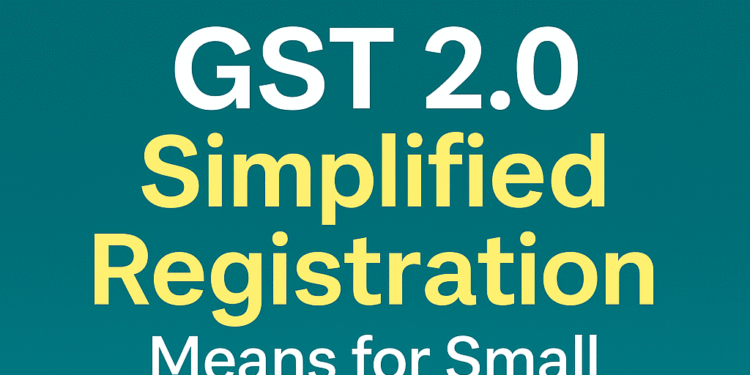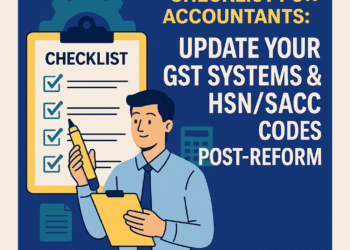What Is GST 2.0 and Why It Matters
The Indian government has officially announced the launch of GST 2.0, a major upgrade to the Goods and Services Tax (GST) regime, coming into effect from November 1, 2025.
This reform aims to make GST compliance faster, digital-first, and more business-friendly—especially for micro, small, and medium enterprises (MSMEs) that often struggle with complex registration processes.
Under GST 2.0, new businesses can receive automatic registration approval within 3 working days, replacing the manual verification delays that previously took up to two weeks.
The Central Board of Indirect Taxes and Customs (CBIC) has stated that this is part of a wider plan to make India’s tax system more transparent, tech-driven, and supportive of entrepreneurship.
⚙️ What Changes Under the GST 2.0 Registration Process
The GST 2.0 Simplified Registration will introduce the following major updates:
- Automatic Registration Approval
- Applications verified digitally through Aadhaar-based e-KYC.
- No officer intervention needed unless system flags inconsistencies.
- Approval within 72 hours (3 working days).
- Unified Verification Portal
- PAN, Aadhaar, and bank details validated in real-time through APIs.
- Digital signature or e-verification replaces physical documents.
- Integrated Compliance Dashboard
- Businesses can track registration, return filing, and notices in one view.
- Automated reminders to prevent delays or missed filings.
- Risk-Based Scrutiny
- AI-based backend system identifies potentially high-risk applications.
- Genuine MSMEs and startups enjoy faster onboarding, while suspicious registrations are automatically flagged for manual review.
🧮 How GST 2.0 Benefits Small Businesses
Small businesses are set to gain the most from the new simplified registration system:
| Benefit | Impact on Small Business |
|---|---|
| ⏱️ Faster Registration | Start operations within 3 days instead of 2 weeks. |
| 💸 Reduced Costs | Less dependency on consultants or intermediaries. |
| 💻 Digital Workflow | All submissions, verifications, and approvals done online. |
| ⚖️ Lower Compliance Burden | Pre-filled forms and linked verification cut manual entry errors. |
| 🔒 Transparent Process | Less room for subjective interpretation or corruption. |
For entrepreneurs and micro-enterprises, this change could significantly reduce the cost of formalization and promote easier entry into the GST ecosystem.
📅 How to Prepare Before November 2025 Roll-Out
If you plan to start or regularize your business before GST 2.0 goes live, here are the preparation steps to ensure a smooth transition:
- Update KYC Information
- Ensure your PAN, Aadhaar, and bank KYC are linked and active.
- Inactive or mismatched details could delay auto-approval.
- Digitize Business Documents
- Keep address proof, bank statement, and business registration ready in digital format.
- Check MSME/Udyam Registration
- Cross-verify your Udyam certificate details with PAN and Aadhaar data.
- Review Current GST Status
- Existing GST holders should verify that their filings are up to date to avoid migration issues.
- Stay Informed via CBIC Updates
- The CBIC portal will publish step-by-step guidelines and FAQs in October 2025.
🧭 Possible Challenges
While the system looks promising, there are a few things to keep in mind:
- System Glitches During Roll-Out: As with any digital reform, there may be initial hiccups.
- High-Risk Business Categories: Certain sectors (e.g., liquor, tobacco, fuel) may still require manual scrutiny.
- Aadhaar KYC Dependence: Non-Aadhaar holders or those with data mismatches might face delays.
However, overall, the move is expected to reduce bureaucracy, speed up business onboarding, and increase trust in India’s GST system.
🏁 Conclusion: A Step Toward Ease of Doing Business
The GST 2.0 Simplified Registration is a landmark reform that makes it easier for small businesses to join India’s formal economy.
Automatic registration, real-time KYC verification, and AI-driven scrutiny will not only simplify compliance but also strengthen transparency.
For small business owners, the message is clear:
✅ Digitize now. Stay compliant. Be ready for November 2025.





















